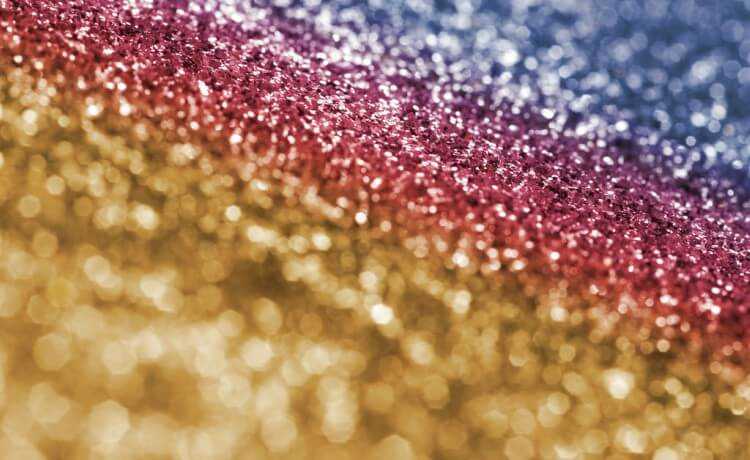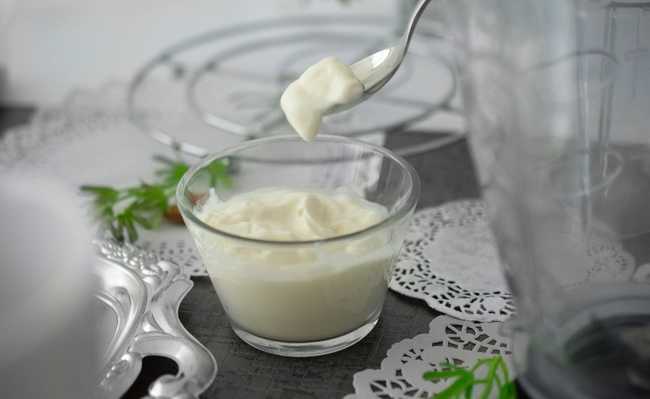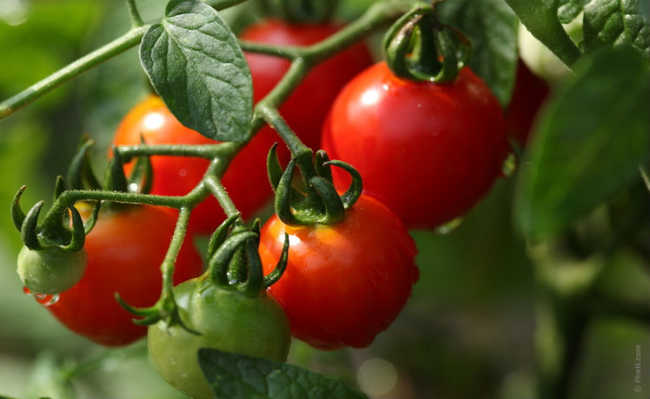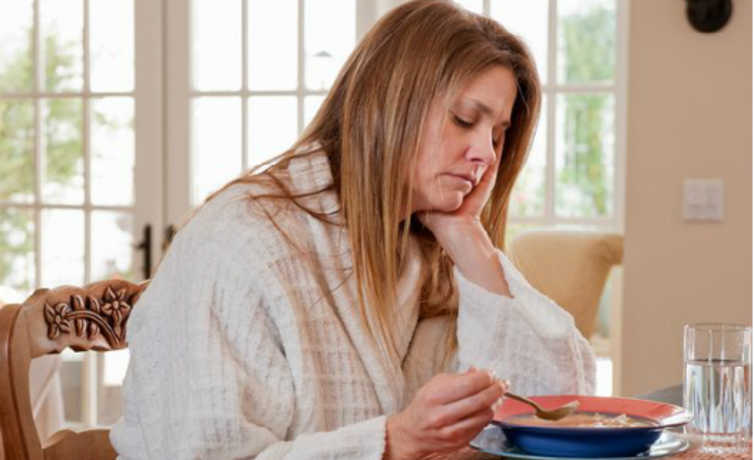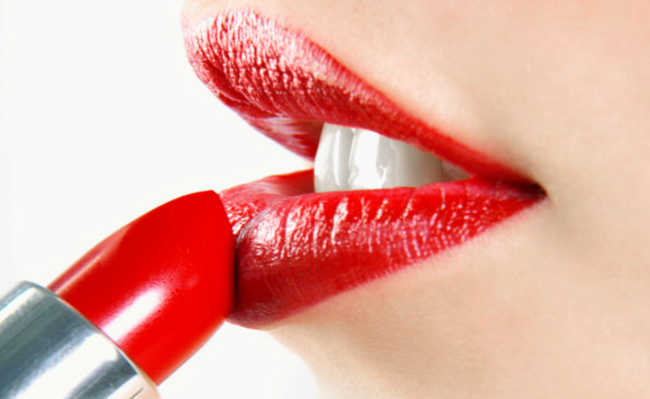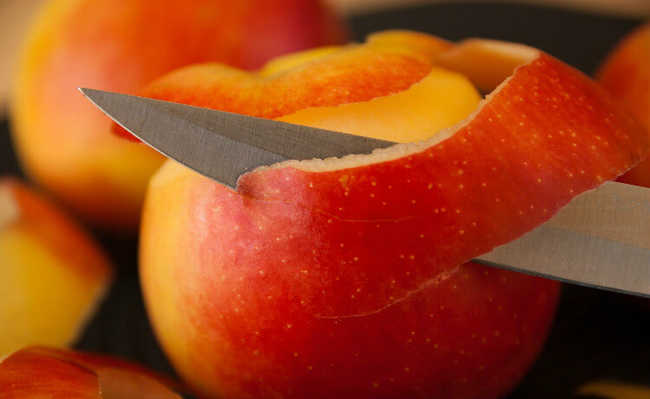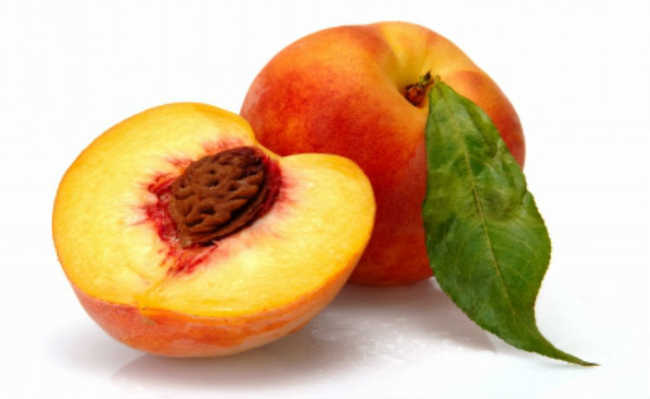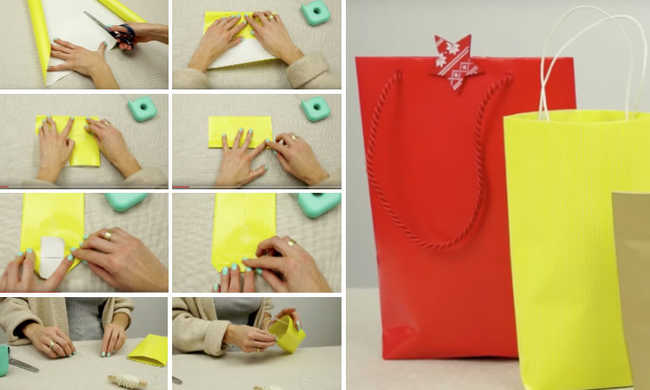How to make ecological liquid soap
Learn how to make liquid soap with an ecological and economical recipe that reuses cooking oil

Edited and resized image of Brett Jordan is available on Unsplash
Did you know that, with used cooking oil, it is possible to make liquid soap? Check out the recipe for how to make homemade, natural liquid soap - this is a much better alternative to inappropriate disposal in the kitchen sink. You will be more sustainable and, besides, you can save by not having to buy more liquid soap.
You can substitute laundry detergent for washing clothes and detergent for cleaning dishes with this liquid soap recipe. Both have petroleum derivatives in their formulation that can be harmful to the environment, especially when discharged into sewage networks that do not have adequate treatment (see more about soaps, detergents and their impacts on the environment).
How to make
Ingredients
- 1 liter of used cooking oil;
- 130 grams of caustic soda (minimum purity: 97%);
- 140 ml of water (for diluting the caustic soda);
- 30 ml of vinegar;
- 100 ml of alcohol;
- 4 liters of water.
Necessary materials
- Wooden spoon;
- Bucket;
- Sieve;
- Pan;
- Soap storage containers;
- Gloves;
- Protective goggles.
Method of preparation
First, put on your mask, gloves and goggles . Caustic soda is highly corrosive and must be handled with great care. Let's go step by step with liquid soap:
- Heat the water until it is warm. Once that's done, pour it into a bucket and slowly pour the caustic soda into the same container. Never add water to the soda! This can provoke a strong reaction and cause accidents;
- Stir with wooden spoon until diluted. Do this away from fire;
- After removing impurities from the oil (it is possible to do this with a sieve), heat it a little (to a temperature close to 40°C) and add it to the bucket that will be used to put all the other ingredients. Then add the soda very slowly, in small portions and mixing continuously. This precaution increases your safety, as the reaction with caustic soda releases a lot of heat;
- Mix for 20 minutes, and in the meantime prepare a pot with 4 liters of boiling water. When the dough is homogeneous and more consistent, place it in the pan with water gradually and continue mixing. Turn off heat, add alcohol and vinegar. Light the fire again and stir. If you want, at this stage, you can add extra ingredients such as dyes and essential oils;
- Mix for another five minutes and turn off the heat. In this step you can add essential oil, but it is optional. Let it cool for a day. After cooling, pour into final container.
- Once the process is finished, it is possible to measure the pH of the soap. Use litmus paper, or make a homemade pH meter yourself.
understand more
In the manufacture of homemade liquid soap, there is concern about caustic soda, as it is very corrosive and it is feared that it could be harmful. However, after the saponification reaction with the oils, it loses alkalinity as the alkalis react with the oils and become the soap (understand more about the soap reaction).
- Vegetable oils: extraction, benefits and how to acquire
Alcohol is used in the formula because it is the soap solvent and, therefore, accelerates the formation of the trace, in addition to guaranteeing a preservative property. Vinegar, which is already known for its health benefits, plays an important role in lowering the final pH of the soap. In this way, the soap does not dry out the skin as much and is more ecological, as the final product does not impact the water bodies as much.
Addition of dyes and essences depends on usage
- For washing clothes, do not add dyes, just add the essential oil of your choice. Certain dyes can stain white clothing;
- For use as a detergent, beware of essential oils. You may find the scent of essence on utensils unpleasant;
- For household cleaning, both can be used.
For your liquid soap to be even more sustainable, use as few essential oils as possible and always keep an eye out for the essential oils not to have parabens and phthalates in their composition. To avoid this risk, you can still make your own essence and substitute it in the recipe. If you want a more practical alternative, you can use fabric softener instead of essential oil, but that way your recipe will lose in sustainability.
Note: as with any cleaning product, keep liquid soap out of the reach of children. It is also important to show what it is about in the containers to prevent the soap from being confused with other products that previously occupied the packages used.

